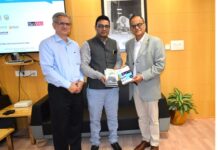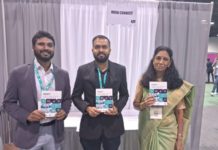MedTech associations discuss new policy with the govt, seek inclusion of their suggestions
The top medical technology associations while terming their meeting with the government officials over the new draft policy for medical devices as positive, have also given their own set of recommendations for the same

































































